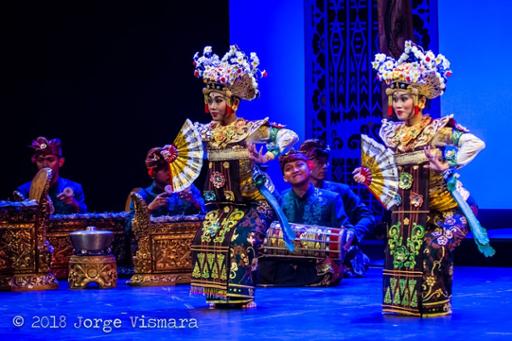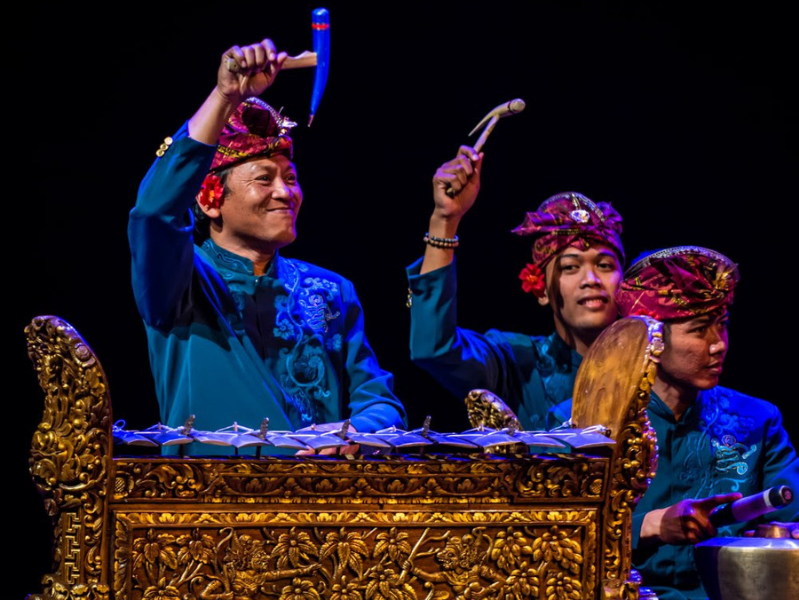Gamelan Çudamani is a cultural Balinese performance of traditional dance and music. The ensemble of around twenty members uses authentic instruments to produce an enchanting performance that follows many stories that reflect on their cultural lessons and beliefs. The performance heavily enriches Balinese culture through their display of finely detailed attire, precise musical harmony, and intricate dance. Çudamani’s musicians, playing instruments such as the Ganga, kendang, gong, reong, and suling, and dancers who synchronize with the music come together to tell stories mainly surrounding traditional Balinese mythology, which presented their cultural reasoning behind morals. Each performance connects traditional Balinese culture with modern-day society– depicting the values that shape how their culture is today. Protecting the oceans and displaying the consequences of destroying the oceans was a commonly recurring theme.

While it was evident that the performance is a cultural representation, reflecting on how this performance correlates with ideas surrounding media, culture and identity, required much deeper thinking. Throughout the semester, we have focused heavily on the question: does media influence identity? Dance may not seem directly related to media, but media is defined as “the main means of mass communication regarded collectively”. Hence, this performance communicated the cultural stories of Bali and thus is technically a form of media.
Myria Georgiou identifies that “the ways people dress in public or present themselves in social media are about performing identity and finding ways to locate the self in the word”. During the performance, I explicitly remember watching the looks on the gangasa player’s face before and after each measure of music. Their faces presented pride as they played for us, an audience which consisted of individuals whose majority had never experienced a performance such as this. Through Çudamani, the pride, satisfaction, intense dedication, and synchronization embodied in each member served as a translation of how their identity projects their culture. Each movement, noise, facial expression, and even breath was purposeful, producing a sensation of satisfaction.

Initially, I was skeptical about how this performance would enhance my perspective on the concepts covered in this course but was pleasantly surprised by its ability to reflect culture and various identities. Experiencing new types of media in forms such as music and dance gave me insight into how concepts of identity and culture can be communicated through more than written text and produced a sense of understanding which felt much more spiritual and emotional rather than direct. I saw similarities between Indonesian culture and my Filipino heritage. Çudamani not only influenced my ability to compare and contrast cultures, alluding to reflections on my own identity. Requiring a field experience such as Çudamani forces one to place themselves in a new cultural environment which allows one to compare and contrast identities and cultures through an unfamiliar form of media.
